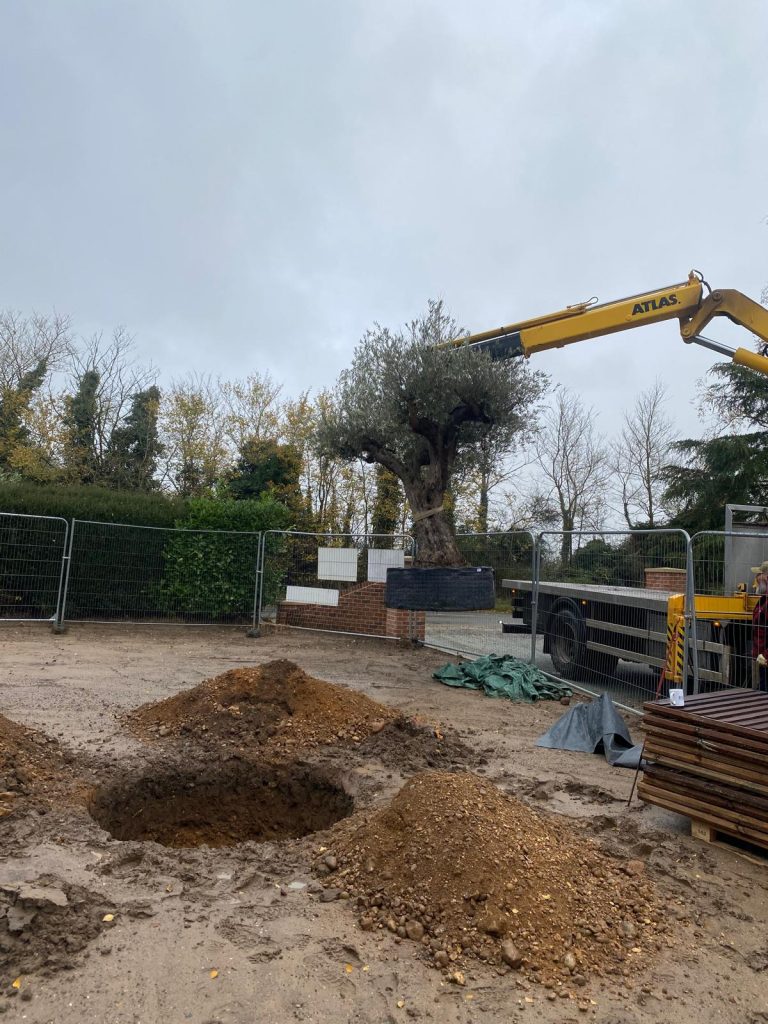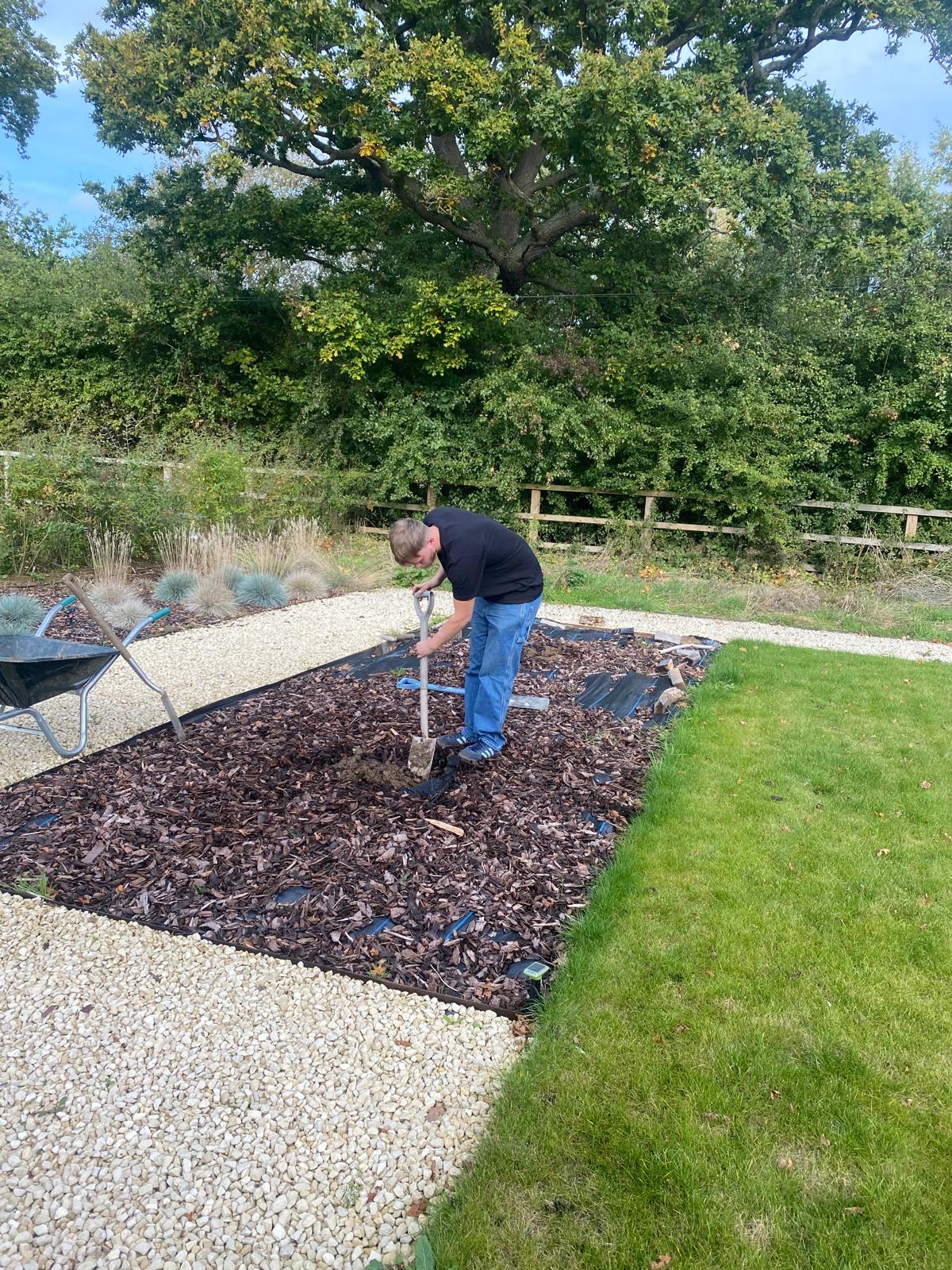Planting olive trees is a rewarding endeavour that brings a touch of the Mediterranean to your garden. To ensure their successful establishment and growth, timing your planting is crucial. While olive trees can be planted in both spring and autumn, spring is often considered the optimal season, especially in regions like the UK. Here’s why:
1. Favorable Weather Conditions
Spring offers milder temperatures and increased sunlight, creating an ideal environment for young olive trees to establish. The warming soil encourages root development, allowing the tree to anchor itself before the onset of hotter summer months. This period of active growth is essential for the tree’s long-term health and productivity.
2. Extended Growing Season
Planting in spring provides olive trees with an extended growing season. This additional time allows them to acclimate to their new environment, develop robust root systems, and prepare for the stresses of winter. A well-established tree is better equipped to withstand colder temperatures and potential frost.

3. Reduced Risk of Frost Damage
By planting after the last frost date, typically in late March or April in the UK, you minimise the risk of frost damage to young trees. We recommend planting olive trees in spring, after the risk of frost has passed, to give them ample time to establish before winter.
4. Optimal Soil Conditions
Spring rains help maintain soil moisture, which is vital for the establishment of new trees. However, it’s essential to ensure that the soil is well-drained, as olive trees are susceptible to root rot in waterlogged conditions. If your garden has heavy clay soil, consider amending it with gravel or sand to improve drainage.

5. Enhanced Root Development
The moderate temperatures of spring encourage vigorous root growth. A strong root system is crucial for the tree’s ability to access nutrients and water, ensuring resilience during dry spells. Planting in spring allows roots to establish deeply before the summer heat, reducing the need for frequent watering.

6. Alignment with Olive Tree Growth Cycle
Olive trees naturally enter a phase of active growth in spring, producing new shoots, leaves, and flowers. Planting during this time aligns with their biological rhythm, promoting seamless integration into your garden. Olive trees begin to produce new growth in the spring, around March or April, when the weather warms up.
7. Practical Planting Tips for Spring
• Site Selection: Choose a sunny, sheltered location with well-drained soil. Olive trees thrive in full sun and are more likely to produce fruit when they receive ample sunlight.
• Soil Preparation: Ensure the planting site has excellent drainage. If necessary, amend the soil with gravel or coarse sand to prevent waterlogging.

• Planting Technique: Dig a hole slightly larger than the tree’s root ball. Place the tree in the hole, ensuring the top of the root ball is level with the soil surface.
• Watering: Water the tree thoroughly after planting. And regularly throughout its first season in the ground.
• Mulching: Apply a layer of mulch around the base of the tree to conserve moisture and regulate soil temperature. Keep the mulch a few inches away from the trunk to prevent rot.

Conclusion
Spring is undoubtedly the best time to plant olive trees, especially in climates like the UK. The season’s favorable conditions support robust establishment, setting the foundation for a healthy and productive tree. By aligning your planting schedule with the olive tree’s natural growth cycle and following proper planting practices, you can enjoy the beauty and bounty of this Mediterranean gem in your garden for years to come.





